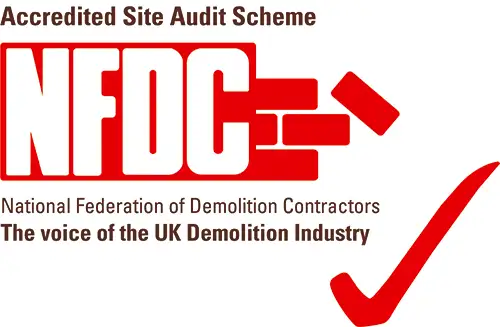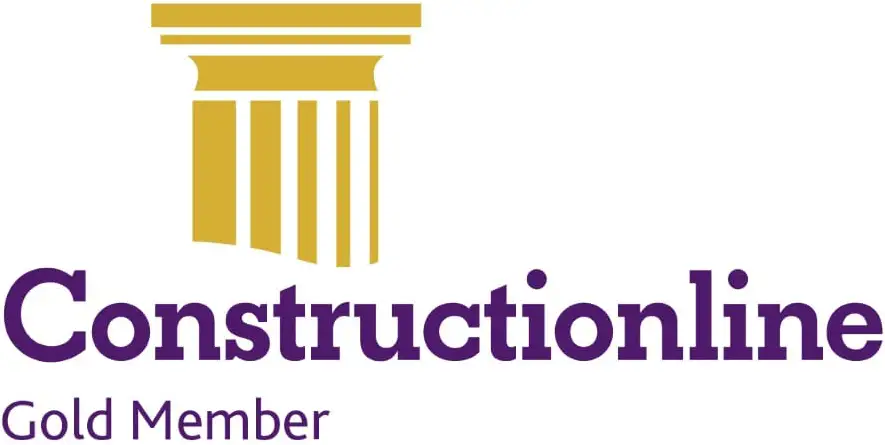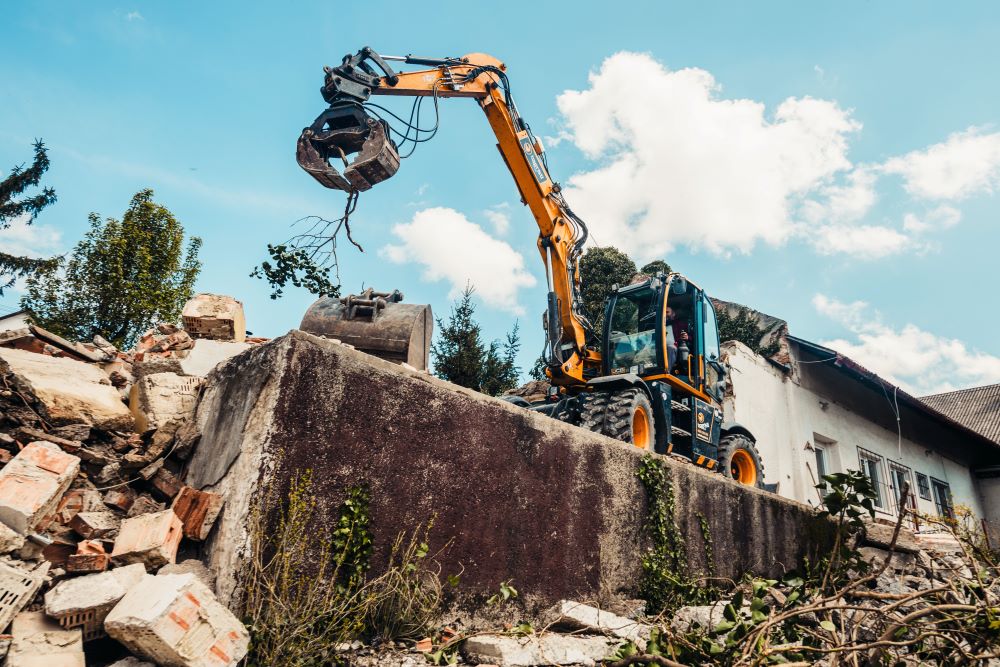
Advice on Demolition
If you’re planning a demolition project, there are key rules to follow. Even if you own the land, demolitions have an environmental and social impact, with legal implications. As demolition contractors, we are experts in what to do (and what not to do) in a demolition or site clearance project.
Demolition Do’s
Consider this a checklist of requirements and recommendations from Birmingham’s foremost demolition contractor.
Do Hire Professionals
Experienced and licensed demolition professionals understand safety protocols, and legal requirements, and have the necessary expertise. Demolition is not a DIY-friendly exercise. Legally speaking: “Clients must appoint duty-holders who have the relevant skills, knowledge and experience”, according to the Health and Safety Executive.
Do Conduct a Comprehensive Site Assessment
Thoroughly assess the site before starting demolition to understand the site condition. This will help in planning and executing the demolition process safely.
According to HSE, it is the role of the clients, the landowner, to provide designers and contractors with pre-construction information.
This can be collated with the help of the principal designer and must include all information that can reasonably be obtained.
You will need to carry out a range of surveys and reports, including:
- To check for the presence of asbestos
- To assess the structural stability of the site and nearby structures
- To mark the location of above and below-ground live services in the work area
Complete and communicate the full assessment before work begins. It should not be left for the principal contractor to organise once the demolition work has started.
Do Get Planning Permission if Needed
Compliance with local regulations is crucial to avoid legal issues and ensure a smooth process.
Planning permission for demolition may be required in some cases. To be brief, the factors that inform demolition planning permission or prior approval requirements include:
- Size of the building
- Type of building, e.g. Pubs or other drinking establishments, entertainment venues
- Location, e.g. Conservation areas or land earmarked for redevelopment
- Buildings rendered unsafe or uninhabitable
You can get advice on whether you need planning permission from your local planning authority or on the government website.
Do Implement Safety Measures
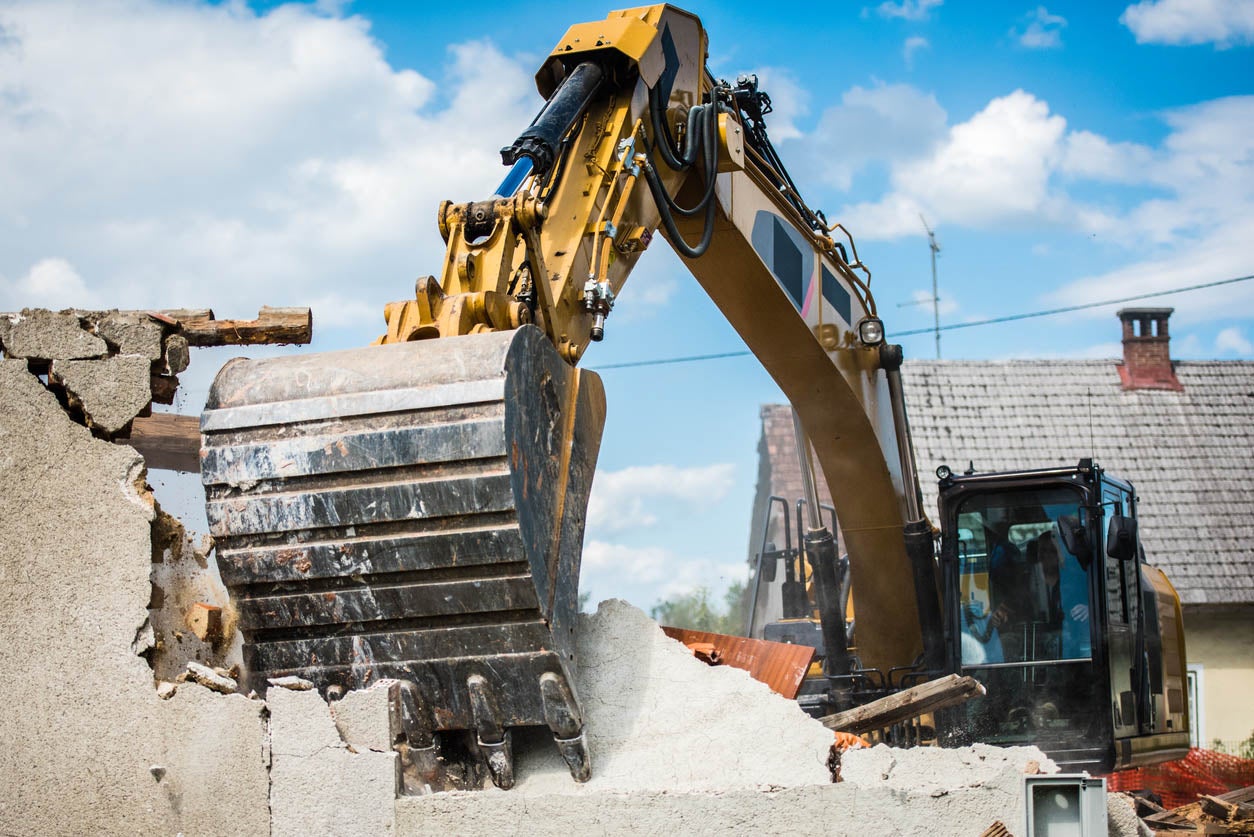
Demolition sites are hazardous environments, so it’s crucial to have safety protocols in place. In preventing accidents, prioritise safety for workers and the public over speed of work.
According to HSE, principal designers are responsible for planning, managing, monitoring and coordinating health and safety measures in both the pre-construction phase (i.e. before demolition starts) and during the demolition work.
They must give principal demolition contractors as much information as possible to allow the principal contractor to keep people (site workers and the public) as far as possible from the risks.
Site managers must ensure workers are supervised and are following safe working practices.
Sub-contractors and site workers must follow the instructions and plans given to them by those in charge of the work, as well as ensure that their colleagues do too. Take a whole team approach to ensure site safety.
Communicate With the Local Community
It’s important to inform the neighbouring property owners and tenants of the works before they start.
This should be done in writing and promptly to prevent misunderstandings and to address concerns. Informing the community will also help keep the public as far as possible from risks.
Clients can appoint an experienced community liaison officer to organise communications or ensure that information is adequately shared through leafleting, posters and doorstep conversations.
Demolition Don’ts
Avoid the mistakes that others have learnt from. There are serious risks associated with demolition and important legal regulations that must be followed to have a successful development.
Don’t Overlook Safety Procedures
Safety is a priority in demolition to prevent accidents and protect lives, so don’t cut corners on safety protocols.
Your principal contractor should take safety seriously, and following safety procedures is a part of their contract. Familiarise yourself with the key issues of demolition safety so that you can call out any breaches. Site workers should all be trained in site safety, including:
Falls from height: how scaffolding and railings should always be used
Injury from falling materials: hard hat protocols, covered walkways and exclusion zones protect workers from flying debris.
Uncontrolled collapse: the demolition method statement should highlight the sequence of demolition that will prevent accidental collapses.
Risks from connected services: gas, water, electricity and telecoms must be disconnected prior to the start of work. If this isn’t possible, ensure live pipes and cables are clearly labelled.
Traffic management: demolition involves many vehicles and heavy machinery. Managing traffic and using zero-tail swing machines avoids accidents.
Hazardous materials: including dust, asbestos, RCS – for more detail see below.
Noise and vibration: frequent exposure to high volumes and vibration can cause injury to workers. It also impacts the ability of workers to communicate or hear warning signals. Because of this, measures should be taken such as ear defenders or avoiding using vibrating hand tools.
Fire safety: where any tools that generate a spark, flame or heat, fire is a risk. Keep fire plans up to date as escape routes and muster points alter. Fire alarm plans must be effective.
Worker involvement: when all employees understand and share responsibility for safety, the whole site is safer. Encourage a team approach.
Don’t Ignore Regulations
Neglecting regulatory requirements can result in fines, delays, and legal issues. Performing a demolition that would have required prior approval from the LSA without this permission can lead to challenges from the community, fines and damage to the company’s reputation. Regulations are there for a reason, and it is important to take them seriously.
Don’t Neglect Asbestos and Hazardous Materials
Asbestos and other hazardous materials are extremely dangerous. Improper handling or work in areas where asbestos is present can lead to serious health risks, not to mention legal consequences.
Hazardous materials include:
- Dust
- Asbestos
- Respirable Crystalline Silica (RCS)
- Acids from industrial processes
- Paints
- Flammable liquids
- Unidentified drums
Old hospital buildings or medical centres may also have microbiological hazards. Remove and dispose of asbestos properly, as well as other materials, to ensure your project is not delayed and to keep all involved safe.
Don’t Mismanage Waste
Disposing of debris properly is essential for environmental responsibility. Whether the waste is hazardous or not, construction waste management is heavily regulated under the Environmental Protection Act. Regulations also stipulate requirements for record-keeping, waste segregation and storage.
Waste is defined as anything that will be discarded or recycled. In demolition, this includes debris, structural metals, glass, wood, and more. To ensure compliance, the best practice is to draft a site waste management plan (SWMP). This gives the client confidence and helps ensure consistency.
Trust PBM Contractors for your demolition projects
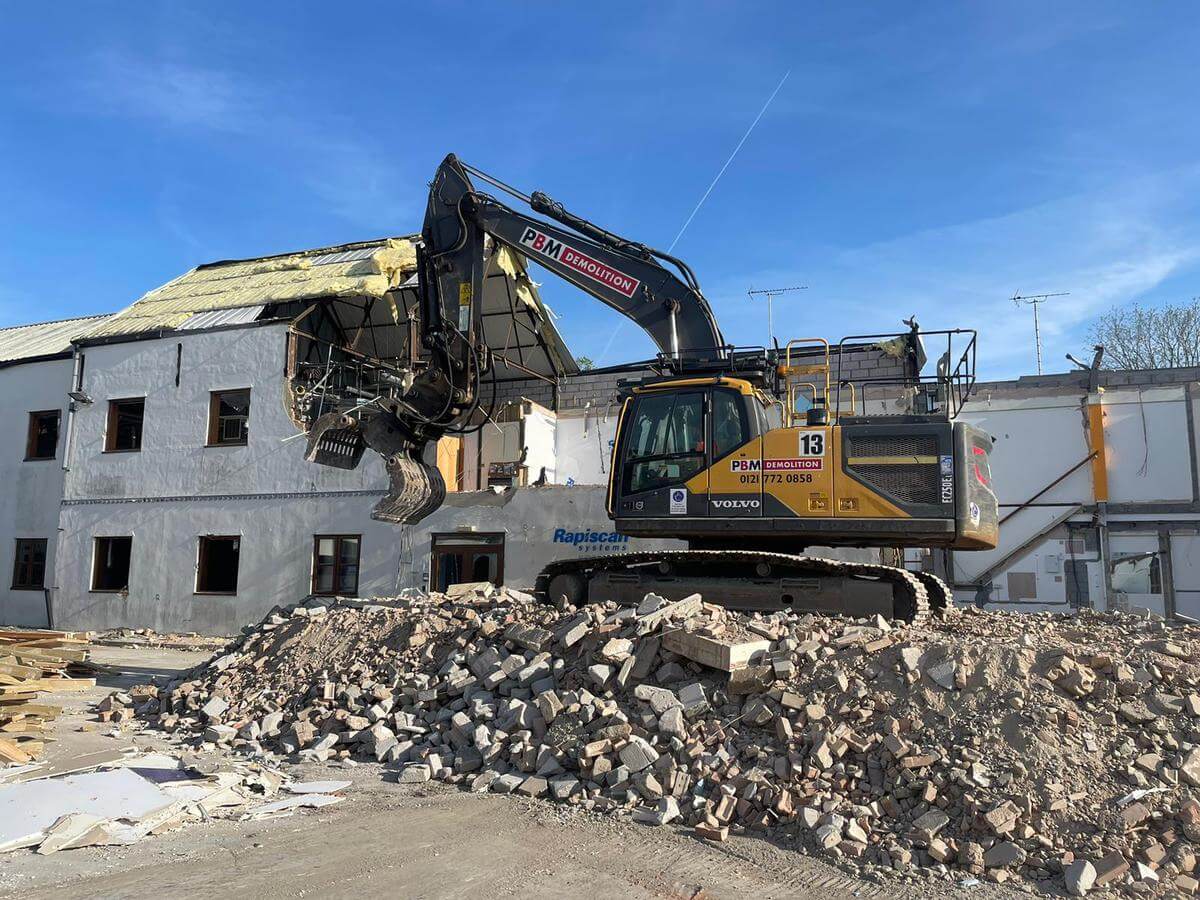
While each demolition project is unique, the regulations apply to all. It is important to be sure of the law around demolitions. At PBM Contractors, our experience and expertise in managing demolition work speaks for itself. We are well aware of current regulations and well-practised in setting up plans for compliance and safety.

